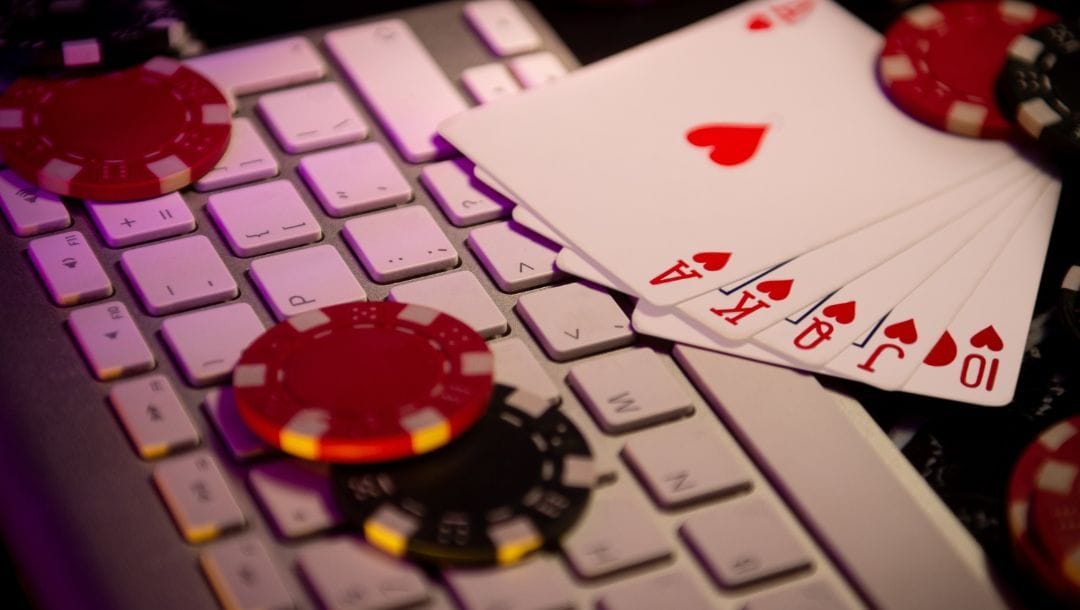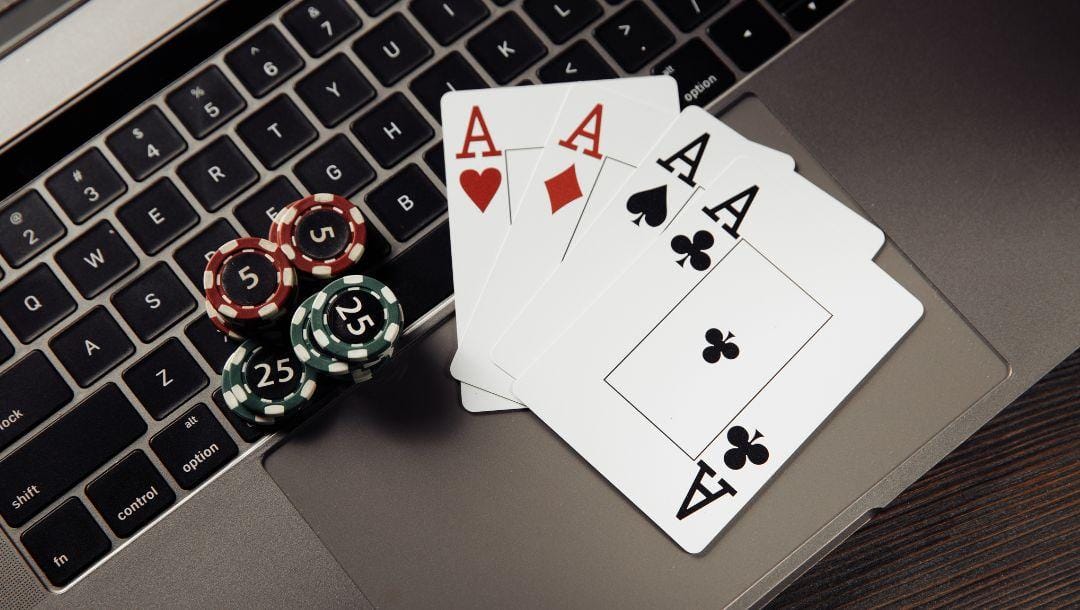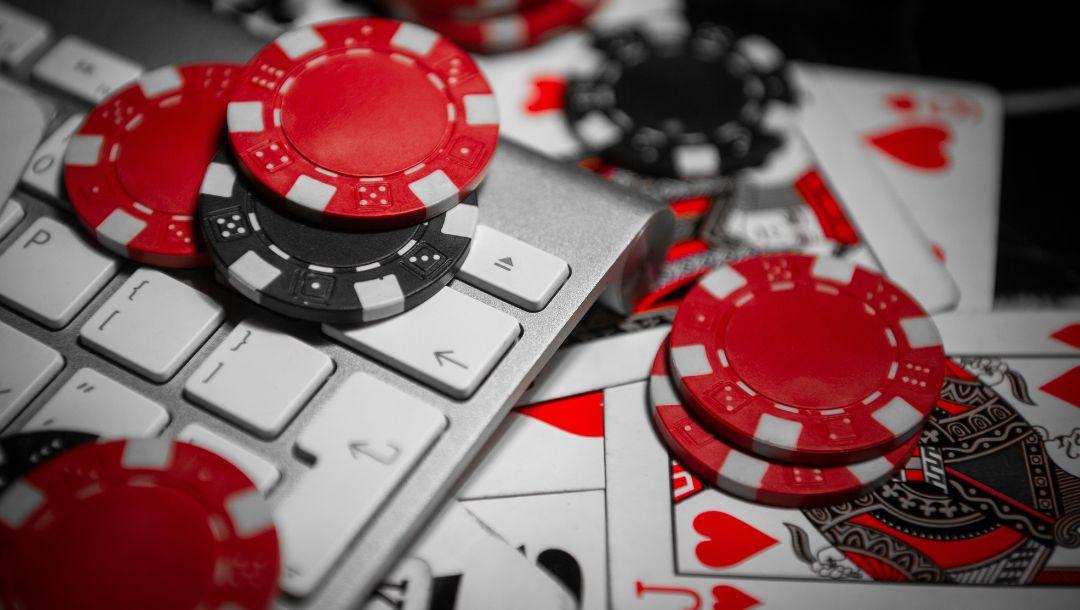Heard about the Baluga Theorem but have no idea what it means? Not sure if this poker principle is actually effective? Wonder no more with this complete guide.
What Is the Baluga Theorem and Is It Effective?

If you’re moving away from online casino games and starting to play poker, there’s a lot to learn. Once you’ve mastered the basics, you’ll want to delve into the strategy side of the game.
This guide will teach you about a simple and quite underrated poker principle. Get ready to discover exactly what this is and whether or not it can actually improve your own results.
BalugaWhale Backstory
Back in 2006, user BalugaWhale posited the following theory on the popular online poker forum 2+2:
“You should strongly re-evaluate the strength of one-pair hands in the face of a raise on the turn.”
This nugget of wisdom caught on and, due to the person’s online username, became known as the Baluga Theorem. But does it actually ring true? And if so, why?
Before going any further, it’s important to be clear that this only relates to Texas Hold’em poker hands. Games like Omaha require a completely different type of strategy, so don’t try to apply BalugaWhale’s advice there.
Underlying Theory

To find out if this theorem contains any truth, you need to understand what it’s actually saying. The implication is that a raise on the turn is an indication of strength. Why would that be?
Well, it’s pretty common postflop practice in any modern game for players to check to the preflop aggressor. When that happens, you’ll be telling yourself internally that you’re obliged to fire a continuation bet. This cheapens the strength of such a wager somewhat.
A large percentage of the time, this bet is either a semi-bluff or an outright attempt to steal the pot. So, raising here makes a lot of sense. Someone is looking to pick off a suspected continuation bet. They may be doing so pretty light, in which case the C-bettor is probably still ahead.
Similarly, on the river, players have now seen all of the cards. There are no draws to hit, so you have a good idea of whether you’ve got any chance of winning. If you have absolute air, your only chance to take the pot is a bluff. So again, raises on the end are fairly common, whether it’s a total bluff or the absolute nuts.
Key Decisions
As you can see, at many points in the hand, decisions are almost made for you. They are dictated by hand ranges and strategy, especially if you’re playing an ABC style. On the turn, however, things are really up in the air.
The pot could be quite big already. Deciding whether or not to continue with weaker hands, thin draws, or outright bluffs is one of the most crucial decision points. Getting it wrong here could be extremely expensive. And that’s the crux of the matter.
If someone is raising on the turn, they’re far more likely to have something valuable than at any other stage in the hand. A raise here tells you they’re not afraid of what you have. They’ve survived preflop and postflop aggression and are now coming over the top of you.
One-Pair Hands
But surely monster hands aren’t all that common in Hold’em? It’s bad advice to always play scared, constantly worrying about sets, full houses, and quads, right? That’s true, but a key element of the theorem is that it emphasizes one-pair hands.
In fairness, most players don’t need to be told to fold bottom pair with a weak kicker in the face of aggression on the turn. What BalugaWhale is really talking about here is strong one-pair holdings, most probably top pair. That’s the type of hand a lower-stakes online player is going to fall in love with and massively overvalue.
Think about how the entire pot has played out so far. Consider your relative hand ranges. Are they really telling you a story that says they have a second pair or worse? Because that’s all you can beat with a top pair. And, of course, if your hand is any other pair, you’re in even worse shape.
Hand Example

To ensure the theory makes complete sense, here’s a hand example to help cement it in your mind.
Imagine a standard low-stakes six-max No-Limit Hold’em game online. You’re under the gun with an offsuit big slick. You raise a fairly standard amount of 3x the big blind and the button calls, meaning it’s heads-up going to the flop.
Luckily for you, it’s a dream flop of ace-8-4. Three different suits eliminate the threat of a flush draw, there’s little real connectivity, and you’re holding top pair, top kicker. You bet roughly two-thirds the size of the pot, and your opponent makes the call.
Turning Point
The turn brings a seemingly harmless 5, and you bet once more, around three-quarters of what is now a juicy-looking pot. Your opponent raises.
This hand seemed like it was playing out perfectly. It never looked possible that you might be behind. But according to BalugaWhale, you need to reassess the situation massively.
Six-seven has already made a straight. Several suited ace hands have already hit two pair. These are all very playable from the button when six-handed. There are now two suited cards on the board, giving backdoor flush potential as well. As painful as it is, a fold looks the best option here, according to the theorem.
Context
To fully understand this principle, it’s important to consider context. When BalugaWhale made this assertion, the discussion was around average online poker tournaments or cash games.
This is a really important point since there’s a world of difference between micro-stakes games and the nosebleeds. Your regular low-stakes online grinder is going to be taking an ABC approach. They’re almost certainly multi-tabling and playing a somewhat formulaic game. As such, they can sometimes be a little unpredictable, which is exploitable.
On the other hand, the world’s top high-stakes players are operating on a plane most of us can only dream of. Not only are they throwing around the best bluffing strategies and other high-level plays, but they’re also extremely focused on this one specific table.
So, the theorem may not exactly ring true when watching games at this level. But for most, it’s highly effective.
A Whale of a Time at BetMGM
You’re now ready to incorporate this simple and effective theorem into your game. Whether you prefer an online poker tournament or a cash game, you have plenty of options when you register at BetMGM.
Not only can you play poker online, but there’s also a wide variety of live dealer casino games, including blackjack, baccarat, and roulette. Whatever you choose, you’re sure to have a BelugaWhale of a time.


